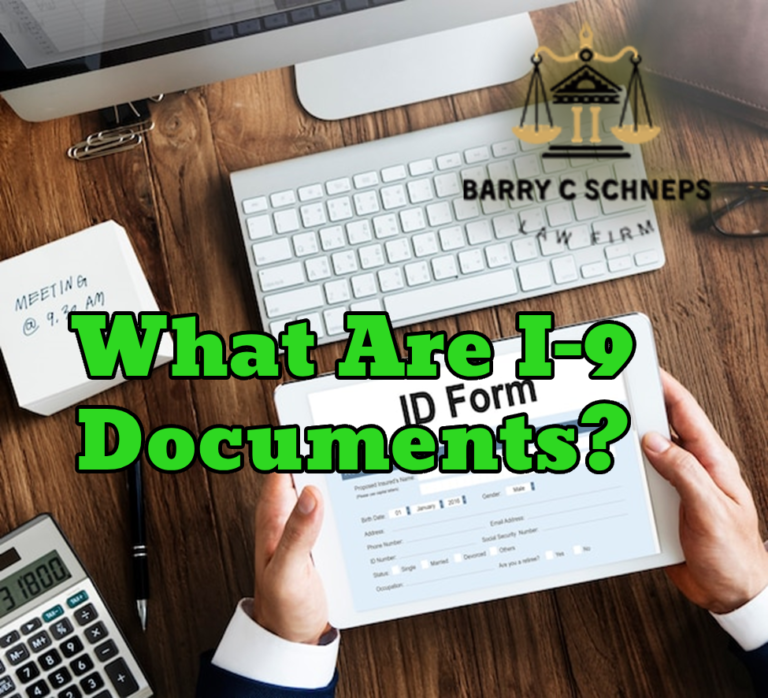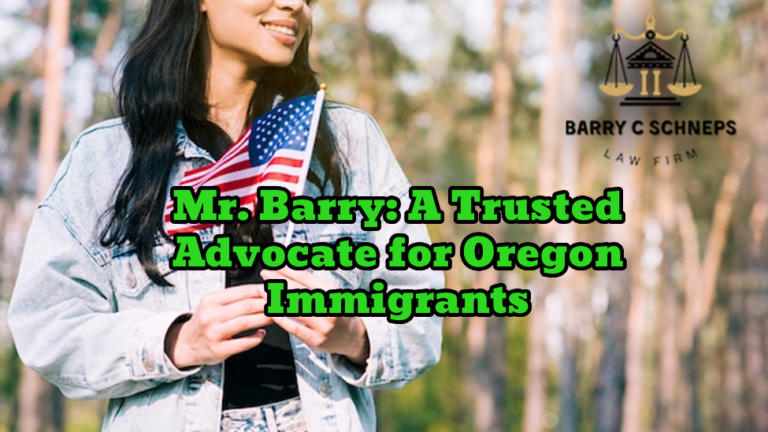Students can have both the visas at the same time but both of them have their respective restrictions. Also, keep in mind two visa applications for the same type cannot be processed and is not permissible by the authorities.
The new students are to receive their visa 365 days before their classes start and they cannot enter the U.S premises 30 days before their course starts. However, students who are already enrolled in and SEVP certified school can get their visa at any time.
All the students are required to fill the form I-20 which is a “Certificate of Eligibility for Nonimmigrant Student Status”. This certificate is to be received by students from their designated school official (DSO) after being accepted into an SEVP school.
In terms of the work opportunities, F-1 visa students have the permission to work on-campus, off-campus, and in some other ways as well whereas the M-1 students are only allowed to practical training that is related to their course.
After the work ends, students having the M-1 visa can stay for up to not more than 30 days and the ones with F-1 visa are not allowed to stay for up to more than 60 days.
What Is An F1 Visa?
F1 visas are used by non-immigrant students for Academic and Language courses and trainings. This visa typically allows you to enter as a full time student at an accredited college in the United States. The visa holders can use this visa and stay in the country up to 30 days before the classes start and then 60 days after the graduation of their studies. After that the visa expires and one has to leave the country.
The F1 visa is only allowed to a specific group of people or those who follow the below mentioned requirements:
Documents
A valid passport, a copy of your image that will be used for the visa, bank statements or other proofs of finances, printed copies of your DS-160 and I-901 SEVIS payment confirmations, I-20 form, school transcript, official test scores, diploma and other certificates.
Interview
An interview will be called in which the visa officer will ask some questions about your education, and return home plans.
Fee
A fee is also to be paid for visa that is around $510 per application.
Application
One has to apply at least three months before your course start date. F-1 visas cannot be issued more than 365 days before the start date on your form I-20.
To become eligible to apply for the F-1 visa, one has to follow the above requirements strictly.
Common reasons for rejection of F1 visa:
If you comply to all the above requirements your application can still be rejected as well because of several reasons such as fraud or misinterpretation in documents, unlawful presence in United States, Security or Criminal related grounds as well.
What Is An M1 Visa?
M1 visas are used by people for non-academic and vocational studies. This visa is issued by U.S department once you are accepted at any community or junior college, post-secondary vocational school, or post-secondary business school, with at least quarter hours.
Like F1 visa is allowed to a specific category of people, M1 visa is also allowed to those who possess the below mentioned requirements.
Enrollment: You must get an acceptance in a Student Exchange Visitor Program (SEVP) institution.
Financial capacity: Sufficient funds should be available to you for your financial needs.
Non-immigrant intent: Show that you are moving to U.S with the intent of immigration.
Passport: A valid passport is required for at least six months after the visa expires.
Fees: You have to pay the non-refundable application fee.
Forms: Complete and submit the DS-160 online application and the DS-157 form if you are a male between the ages of 16 and 45.
Documents: Provide the following documents:
- DS-160 confirmation page
- Visa appointment letter
- One US visa photograph
- Receipts for paid fees
- Original I-20 form and one copy
- Proof of educational qualifications
- Standardized test scores, (if required)
- Proof of your intention to leave the US after completion of your studies
Interview: Attend a visa interview with a consular officer who will decide if you are eligible for the visa.
Common Reasons for Rejection of M1 Visa
There are chances that even if you are able to fulfill all the requirements of M1 visa, still your visa is not guaranteed and can be rejected because of several reasons such as poor ties with your home country. Insufficient funds, crime history, incomplete application or poor visa interview are also some reasons why your M1 visa can be rejected.
Why You Might Need Both Visas (Rare or Special Cases)
There is a special case in which an individual is supposed to get both visas F-1 and M-1. If someone is planning to attend both an academic and vocational institution then they must get both the visas.
What Is The Best Way To Get The Visa Approved?
As I have mentioned earlier that there are several chances and factors that can lead to the rejection of your visa.
The best way to get your visa process and smooth will increased chances of getting the visa approved is hiring an experienced and professional lawyer who has good knowledge of these visas and its requirements.
The immediate and the most affordable lawyer who comes to my mind for this visa process is Mr. Barry C. Schenps. He is an experienced attorney in New York and has been serving in the law field from over decades and have a great knowledge of all the visa based issues and their solutions.
He has a great number of clients to whom he has served his services related to F-1 and M-1 visas and asylum defense as well. All his clients are satisfied from his exceptional services as he guides his clients from the scratch and always goes extra miles to get the work of his clients done. This is something what makes him different and unique from other lawyers that are experienced but might does not know how to get their clients through their issues.
Mr. Barry always tells his clients how to fill their applications, add information and proofs to get their visa applications approved instantly.
The fact that he has spent a great time in his area of expertise that is law paves the path for him to always stay ahead of laws every time. He is considered among the best lawyers in nyc which is a great thing and reason that why people from all over the world comes to him to get their visas and other legal issues resolved.
Final Thoughts
Both F-1 and M-1 visas serve important roles for students in the U.S., but they are designed for different types of study. F-1 visas are for academic programs, allowing students to work on-campus and stay for 60 days after graduation. M-1 visas are for vocational or non-academic programs, with restrictions on work and a 30-day stay after studies end.
While it’s possible to hold both visas in rare cases, it’s important to follow all guidelines and submit proper documents to avoid visa rejection. If you’re unsure about the process or face challenges, seeking help from an experienced immigration lawyer can improve your chances of approval. The key is to ensure all requirements are met and provide truthful and complete information during the application.
By doing this, you can increase the likelihood of obtaining your visa and achieving your educational goals in the U.S.







